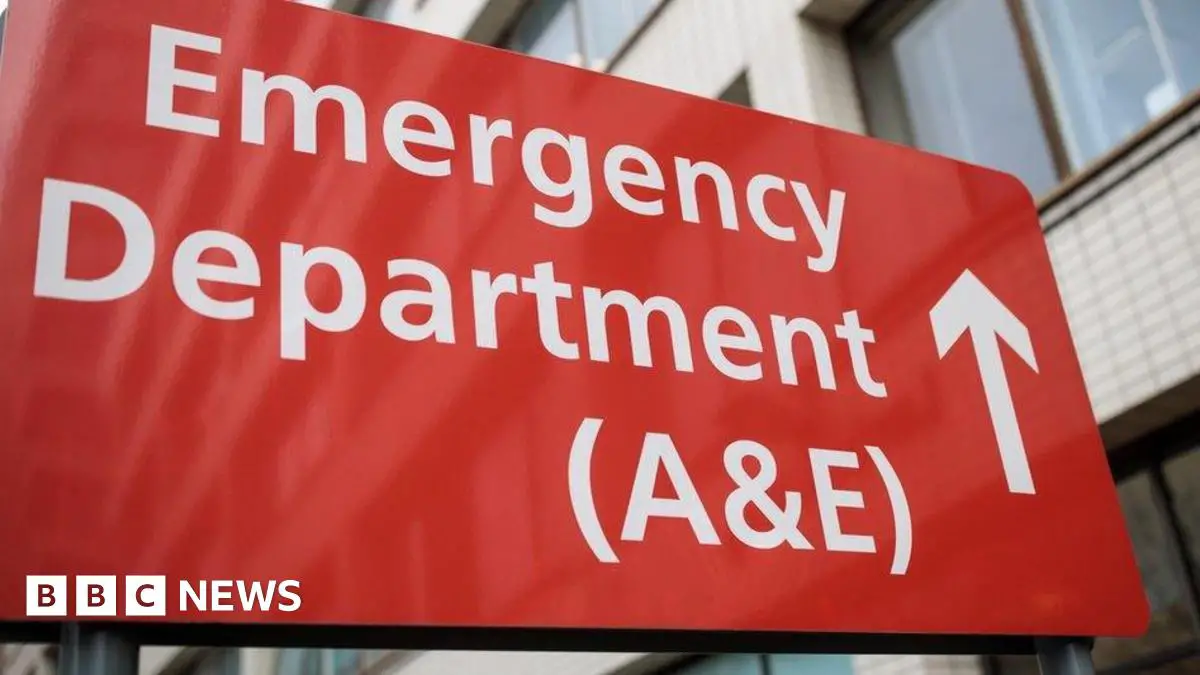The number of people in the UK experiencing a stroke will increase more than 50% to 151,000 a year by 2035, costing the NHS and the economy £75bn in healthcare and lost productivity, stark new projections suggest.
Worsening physical health, rising alcohol consumption and low exercise levels among an ageing population as well as a failure by ministers and the health service to do more to prevent ill health are blamed for the predicted spike in strokes.
Juliet Bouverie, the chief executive of the Stroke Association, which produced the new analysis, warned that without urgent action the enormous impact on the NHS and the economy would be “unsustainable” within a decade.
A range of lifestyle factors will fuel the expected rise in strokes over the next decade, she said, on top of the ageing population and insufficient action on prevention.
“The UK is getting less healthy,” Bouverie told the Guardian. “People are spending more of their lives in poor health and we can see that lifestyle factors such as harmful drinking have increased.
“Physical activity levels remain low, a large proportion of the population are inactive and the gap in physical activity rates between the most and least deprived areas is growing. This risks exacerbating the health inequalities between areas in the UK.”
The biggest risk factor for stroke remains high blood pressure, Bouverie added, but the condition is still underdiagnosed.
“We have been calling for better hypertension detection programmes for years, so that more people can be supported to manage their blood pressure and reduce their risk of stroke through lifestyle changes or medication. The rate of prescribing blood pressure reducing medication remains too low.”
A new manifesto published by the charity says stroke will cost the UK about £43bn this year, with 100,000 new stroke hospital admissions a year.
This is projected to rise to 151,000 admissions by 2035 – the equivalent of 414 a day – with the number of stroke survivors rising from 1.3 million to 2.1 million.
Costs associated with the increase could top £75bn, which includes projected increases in health and social care costs, as well as informal care costs, and the impact on the economy. About a quarter of strokes impact people of working age, the report says.
“If the next government fails to tackle prevention, treatment and recovery at the root, then stroke will become the most avoidable burden on the NHS,” Bouverie said.
The Stroke Association is calling on the Department of Health and Social Care (DHSC) to publish a funded stroke prevention plan to support people of all ages to reduce their risk of stroke.
This includes improving the way people detect and manage conditions that increase the risk of stroke, such as high blood pressure. The charity also wants all patients to have 24-hour access to thrombectomies – a surgery to remove blood clots from the artery.
The procedure is usually carried out up to six hours after stroke symptoms begin.
The charity estimates that making thrombectomies universally available could save the health and care system £73m each year and would allow 1,600 more stroke survivors to be independent.
A DHSC spokesperson said: “We’re committed to improving stroke prevention, treatment, and recovery for all. Over 90% of acute stroke care providers in England are equipped with artificial intelligence, which can reduce the time it takes to access treatment such as thrombectomy by more than 60 minutes.
“The first ever long-term workforce plan will help to shift more care into the community and invest more in prevention and early intervention, and we’re rolling out a new digital NHS health check, which could prevent hundreds more strokes.
“We are also taking action to encourage better lifestyle choices, including creating a smoke-free generation and reducing salt intake through food to help prevent the risk of strokes.”






